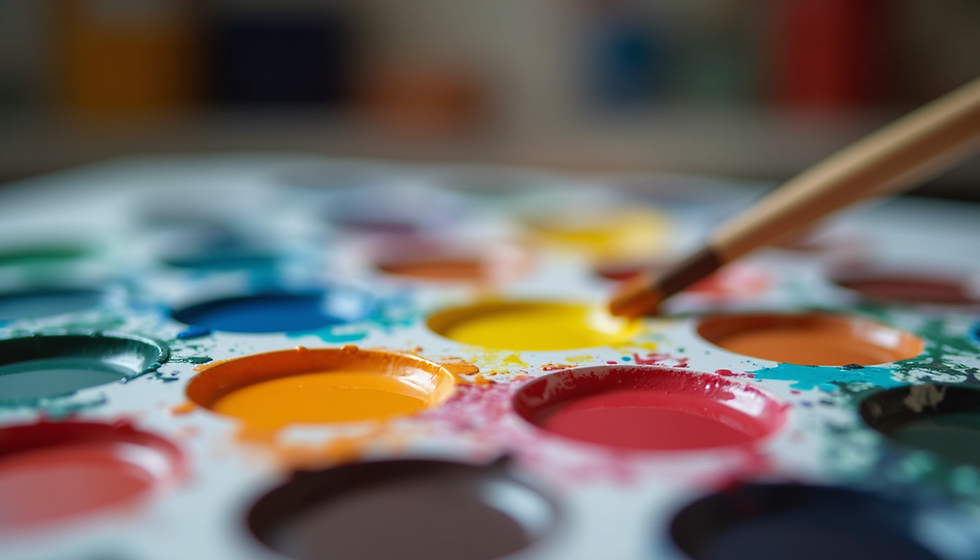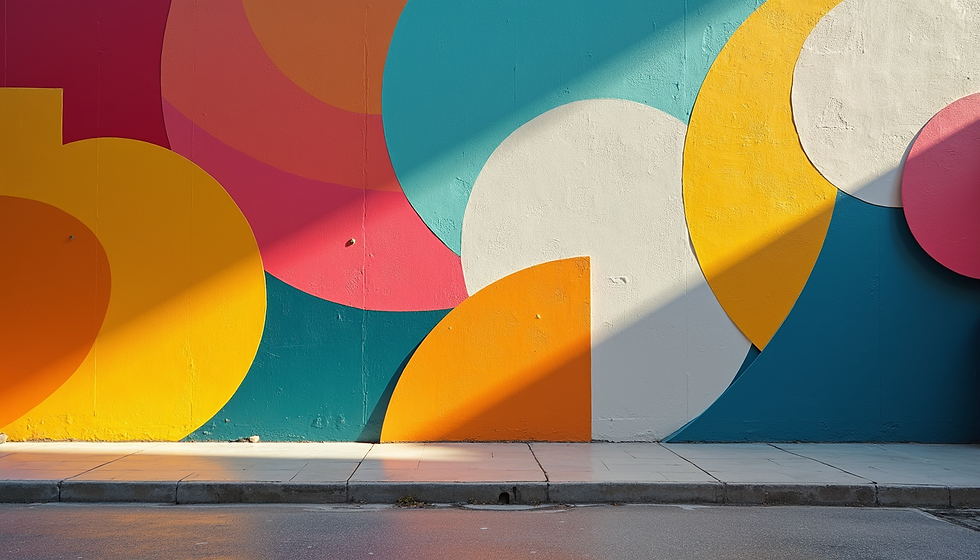10 Unique Art Design Ideas to Spark Your Creativity
- wpdevart
- Mar 14
- 4 min read
Art is a limitless source of inspiration. It allows us to express our thoughts, feelings, and individuality. Whether you are a seasoned artist or just starting out, discovering fresh and unique ideas is vital for nurturing your creativity. Here are ten exciting art design ideas that can ignite your imagination and encourage you to explore new artistic landscapes.
1. Nature-Inspired Art
Tap into the beauty of nature by creating art with materials sourced from the outdoors. Use leaves, twigs, or stones as focal points for your piece. For instance, you might create a stunning wall hanging using pressed flowers or an intricate sculpture from driftwood. By incorporating natural colors and textures, you can achieve a unique earthy aesthetic that celebrates the environment. A 2020 study found that spending time in nature can boost creativity by up to 50%, so why not bring that inspiration into your art?
2. Geometric Patterns
Challenge the viewer's eye by experimenting with geometric shapes in your artwork. Triangles, circles, and squares can be combined in innovative ways. Think about creating bold wall art with overlapping shapes, or design a textile pattern that pops with color. According to a survey, 78% of designers found geometric patterns to be a popular choice for modern decor. This style not only appears contemporary but also allows for limitless creativity.
3. Mixed Media Collage
Explore the world of mixed media by combining materials such as paper, fabric, metal, and found objects to create a collage. This technique allows for a tactile experience, inviting you to push the boundaries of traditional artistic methods. For example, use scraps of fabric from old clothes alongside magazine cutouts and metal pieces to create a layered story. A 2021 study highlighted that artists who used mixed media reported a 60% increase in creative satisfaction, showing the appeal of texture and variety.
4. Upcycled Art
Get creative while promoting sustainability by transforming everyday objects into artwork. Old bottles, cans, and discarded furniture can be repurposed into sculptures, wall art, or functional pieces. For instance, consider turning old furniture legs into a unique coat rack or using wine bottles to create colorful garden decorations. This not only reduces waste but encourages inventive solutions in your design approach. Statistics show that upcycling can reduce waste by up to 30%, making your art both beautiful and environmentally responsible.
5. Abstract Art
Venture into the realm of abstraction! Using colors, shapes, and forms that do not depict reality can inspire new ways of observing the world. For instance, a piece might feature bold strokes of red and blue that evoke passion and tranquility without representing any specific object. Research indicates that engaging with abstract art can stimulate the brain's emotional response, making your work resonate deeply with viewers.
6. Interactive Art
Create artwork that encourages viewer interaction, inviting them to engage both physically and emotionally. Father-son collaborations, such as dynamic installations that change based on movement, exemplify this concept well. Pieces that require audience participation break down the barrier between art and viewer. This engagement can elevate the experience, fostering a deeper connection. An interactive installation at a 2022 art show increased visitor engagement by 45%, proving the effectiveness of this approach.
7. Cultural Fusion
Bring elements from diverse cultures into your artwork by blending traditional techniques with modern aesthetics. This not only enriches your creative process but also promotes appreciation for various artistic backgrounds. For example, incorporate traditional patterns from African fabric designs into a contemporary painting. Statistics show that multicultural art fosters understanding and community, with 65% of artists reporting positive responses to cross-cultural themes.
8. Black and White Photography
Explore the power of monochrome in photography to create captivating imagery. Concentrate on contrasts, shadows, and textures without the distraction of color. For instance, focus your lens on an urban landscape, capturing the stark differences between light and dark. This approach can stir strong emotions and reveal hidden details. A study found that black and white photography results in a 40% increase in perceived drama, making it a powerful storytelling tool.
9. Minimalism
Embrace minimalism by prioritizing simplicity and the essence of your subject. Use a limited color palette and find visual balance with fewer components. This style encourages you to convey deep meaning with fewer details, highlighting the importance of each element. Artists who adopt minimalism often experience a 30% increase in focus and clarity, allowing their work to resonate on a different level.
10. Artistic Journals
Begin an artistic journal where you can sketch, doodle, or jot down ideas daily. This practice serves as a creative outlet and aids in tracking your progress. You might find inspiration for future projects in this ongoing exploration. A 2022 survey revealed that 80% of artists who maintained a creative journal felt their artistic skills improved significantly over time.

In closing, these unique art design ideas can open doors to new levels of creativity and self-expression. Whether you embrace natural materials, explore minimalism, or dive into mixed media, each concept offers a pathway for artistic growth. Remember, the secret is to stay curious and keep experimenting—your next masterpiece might be just around the corner.



Comments